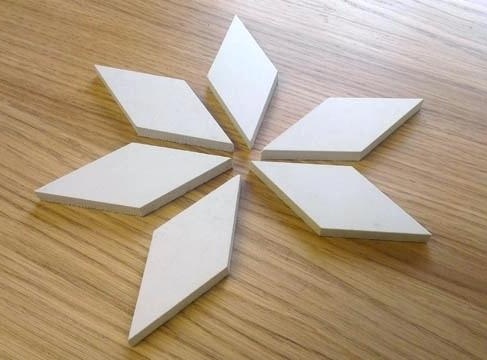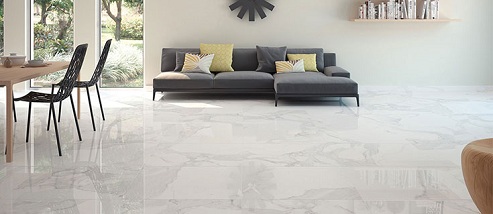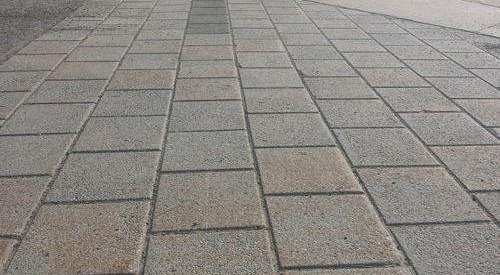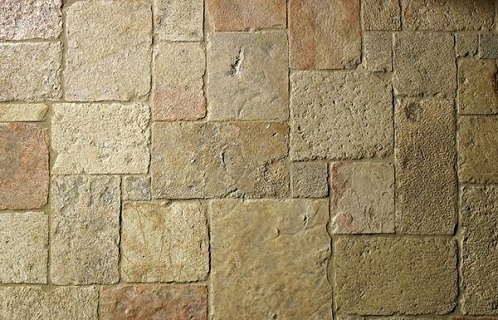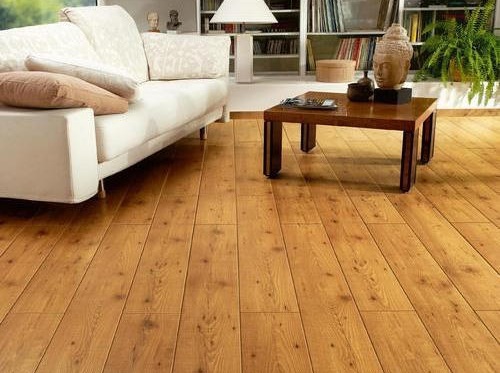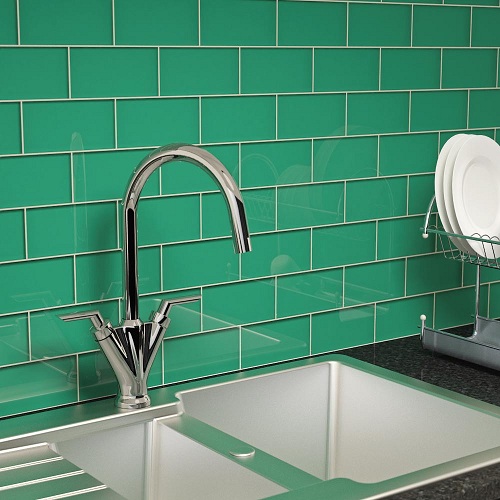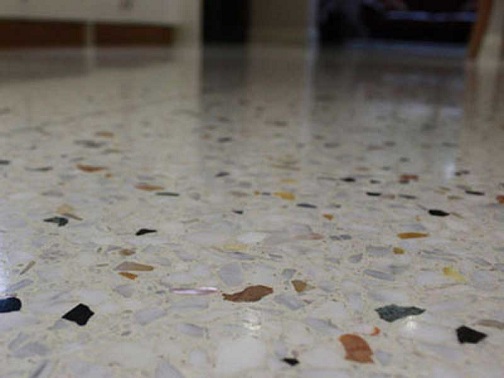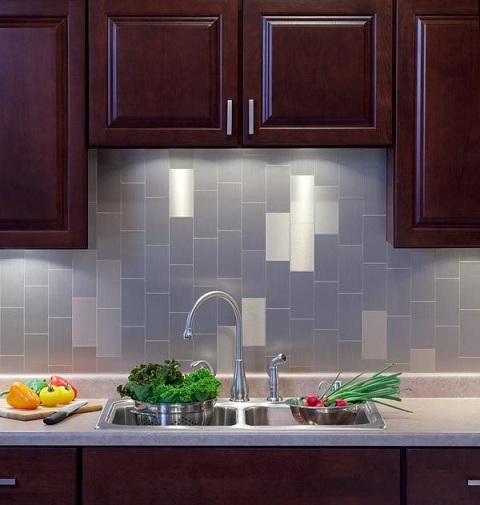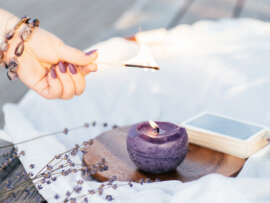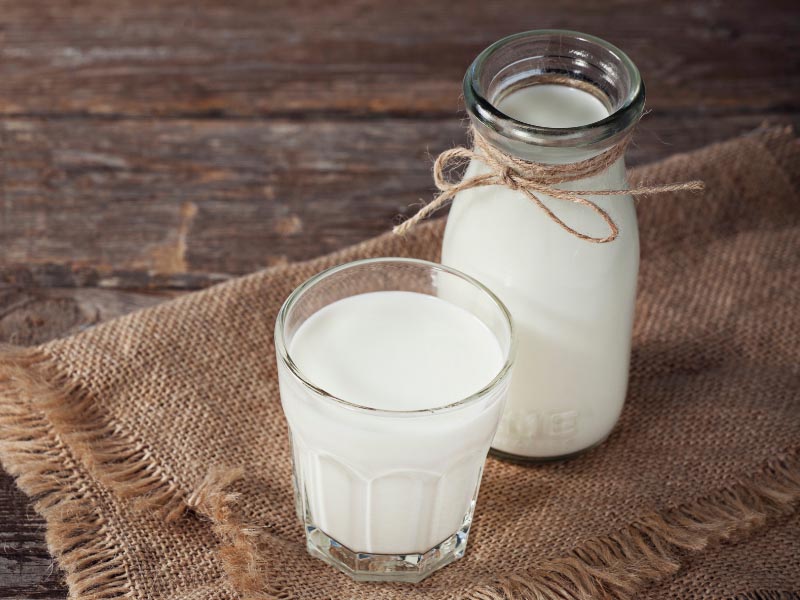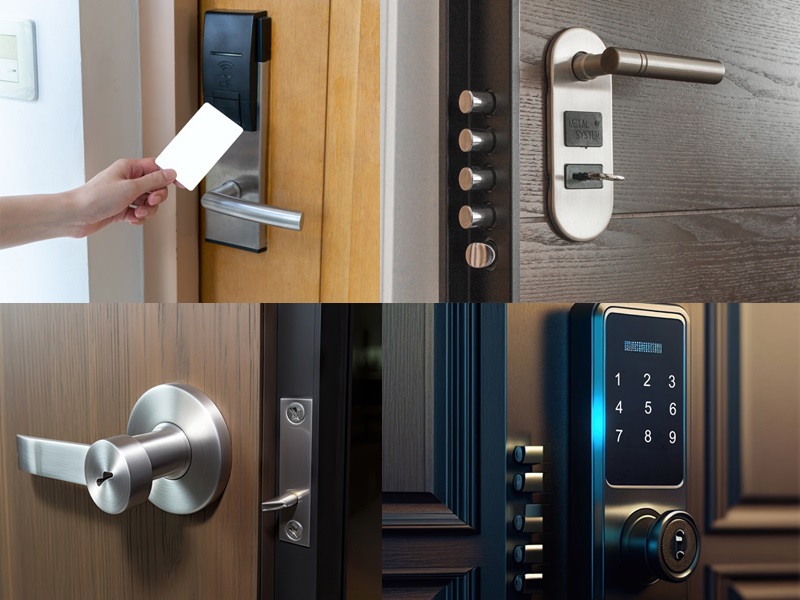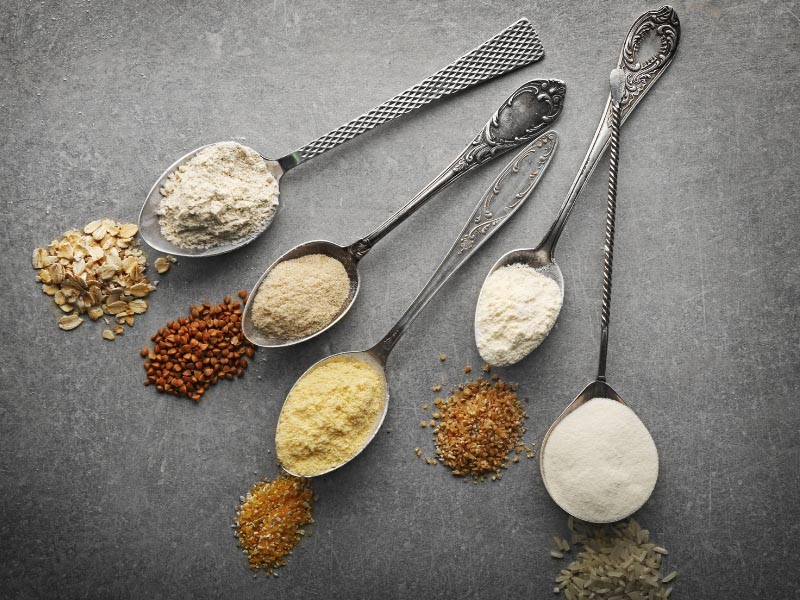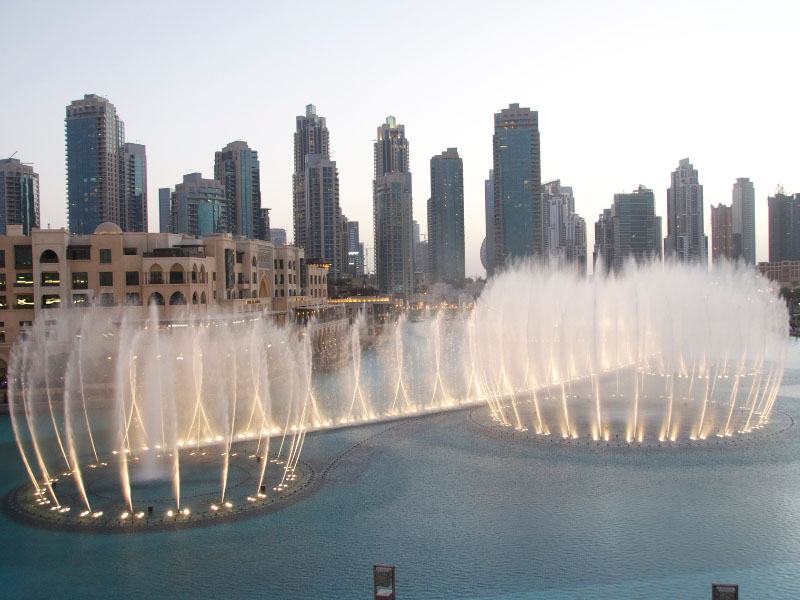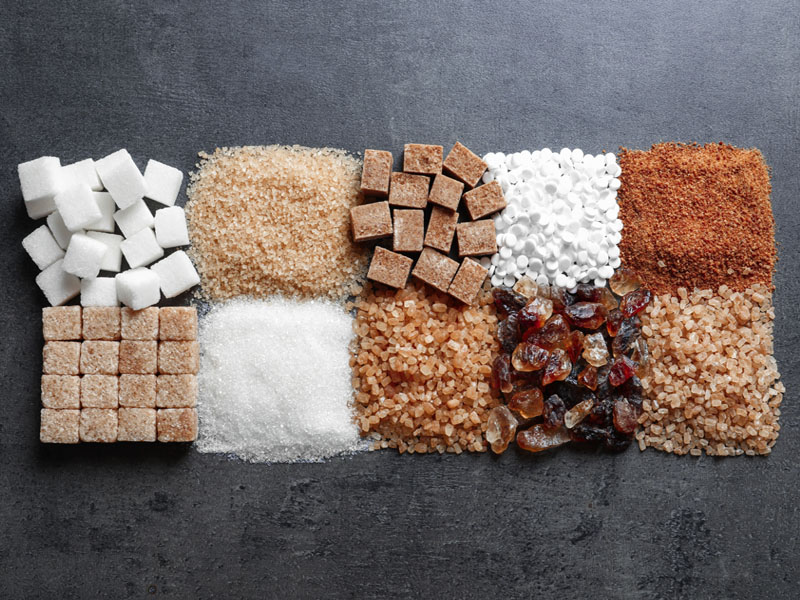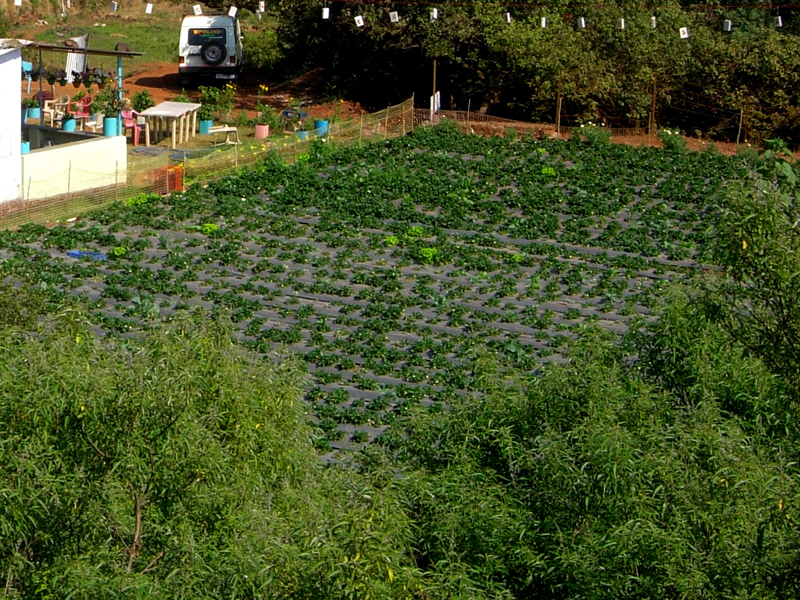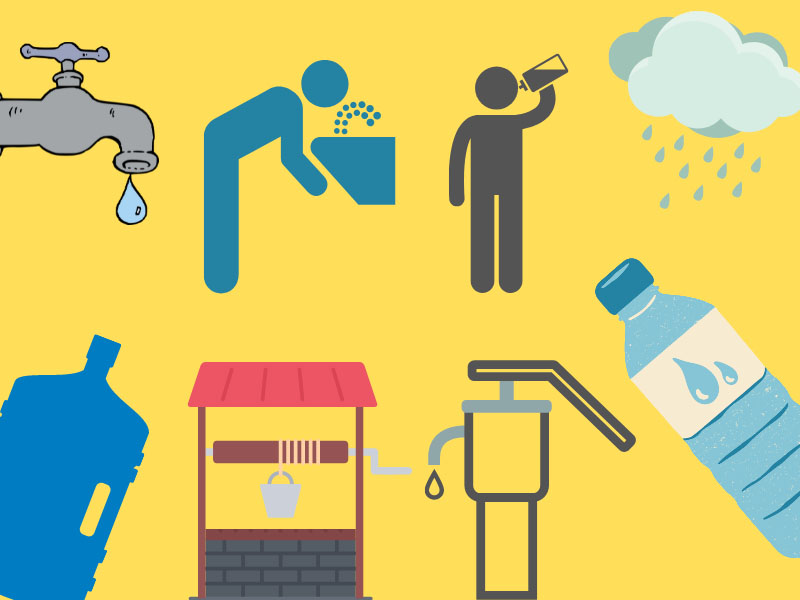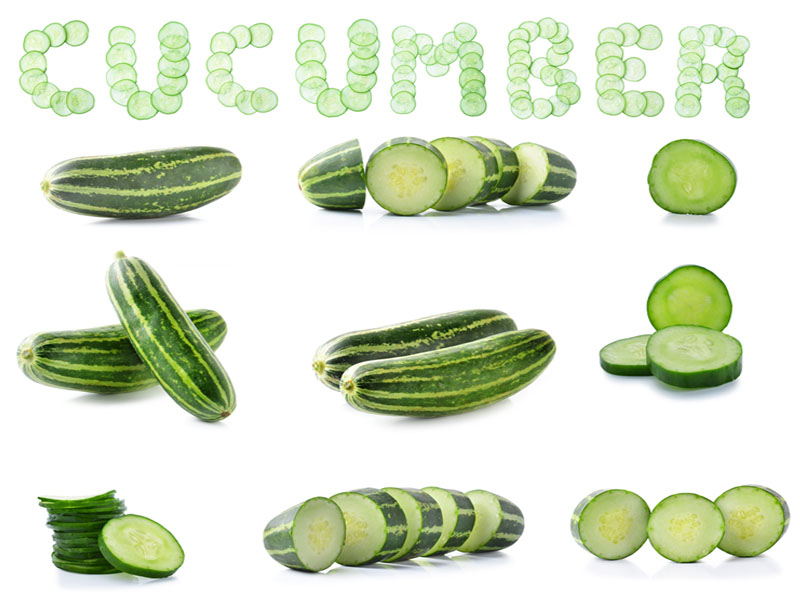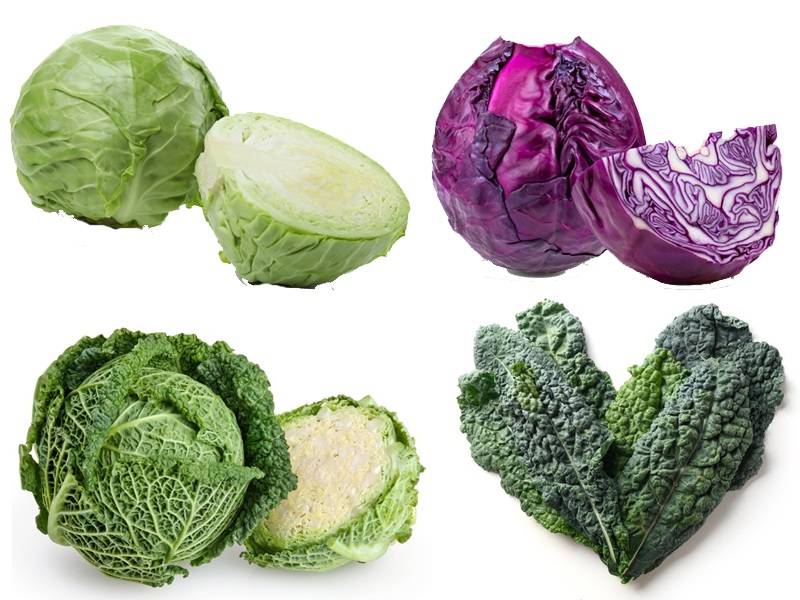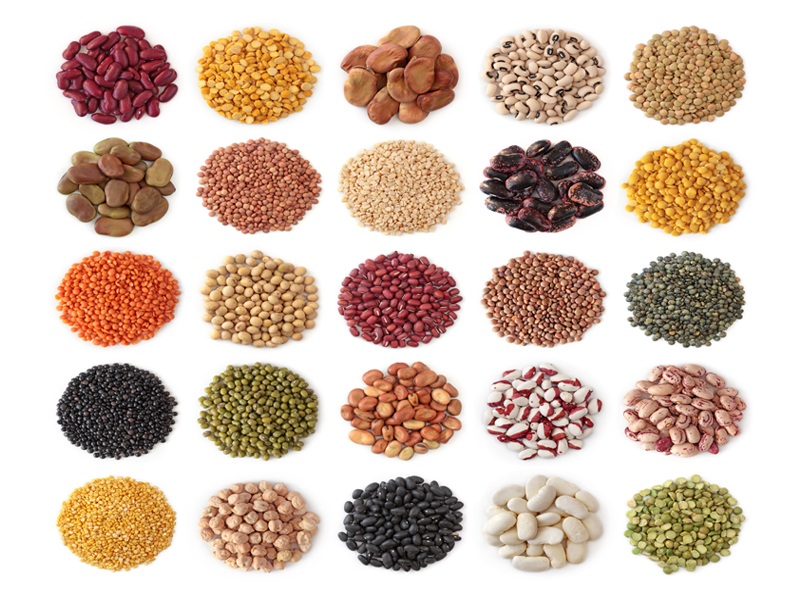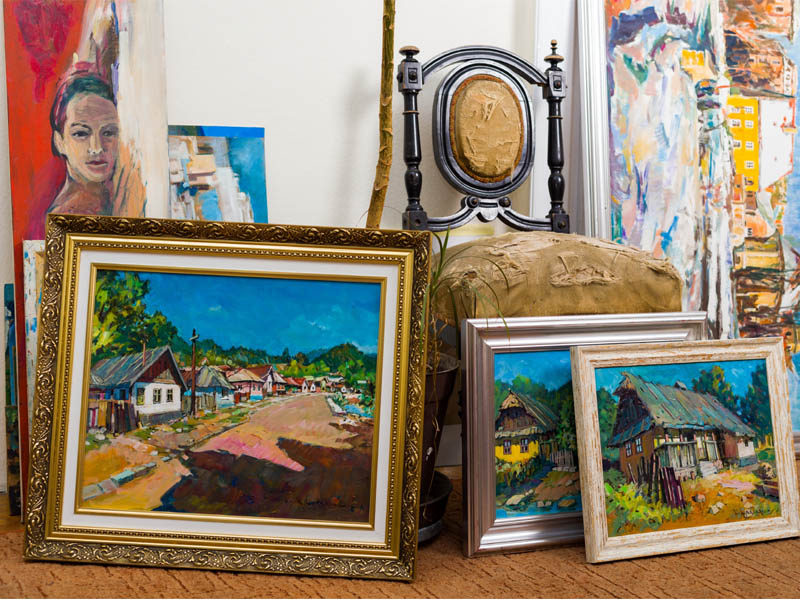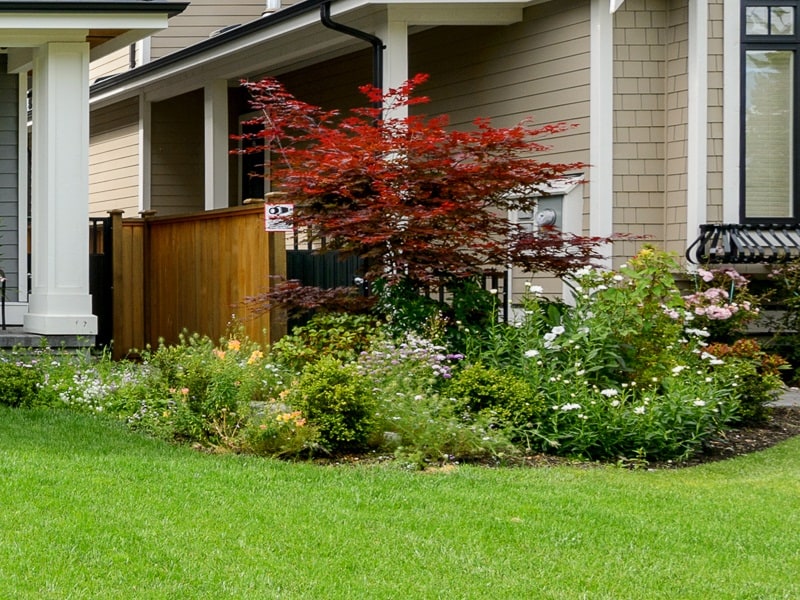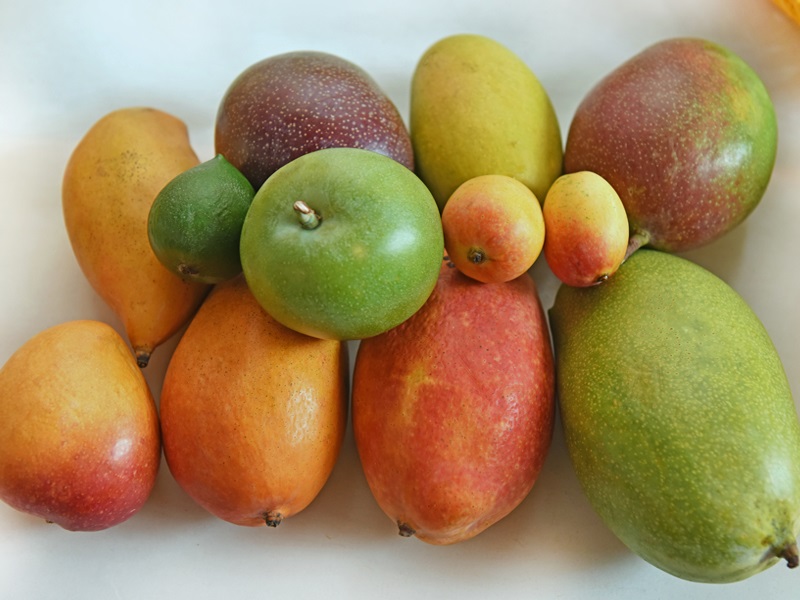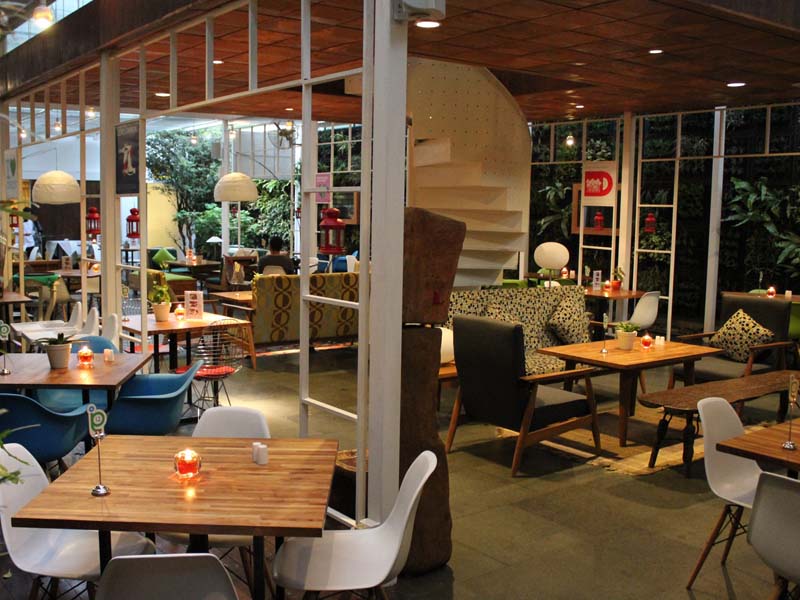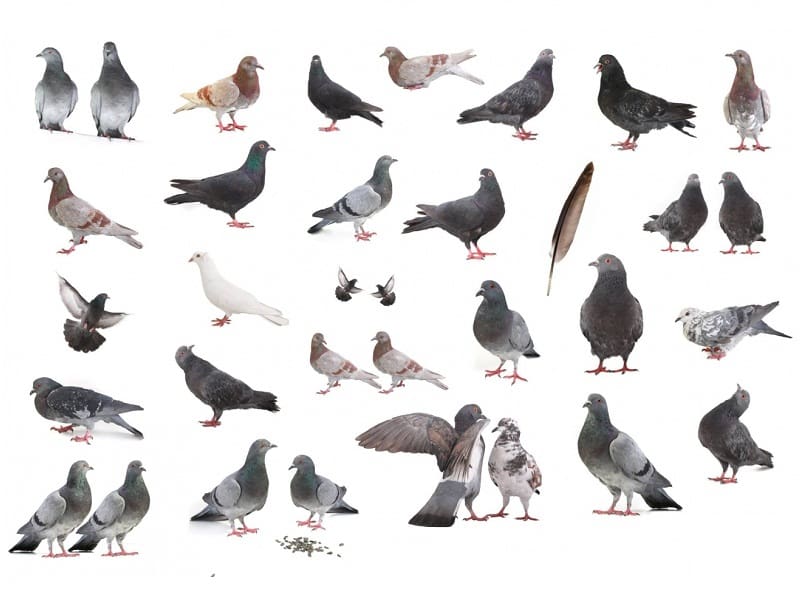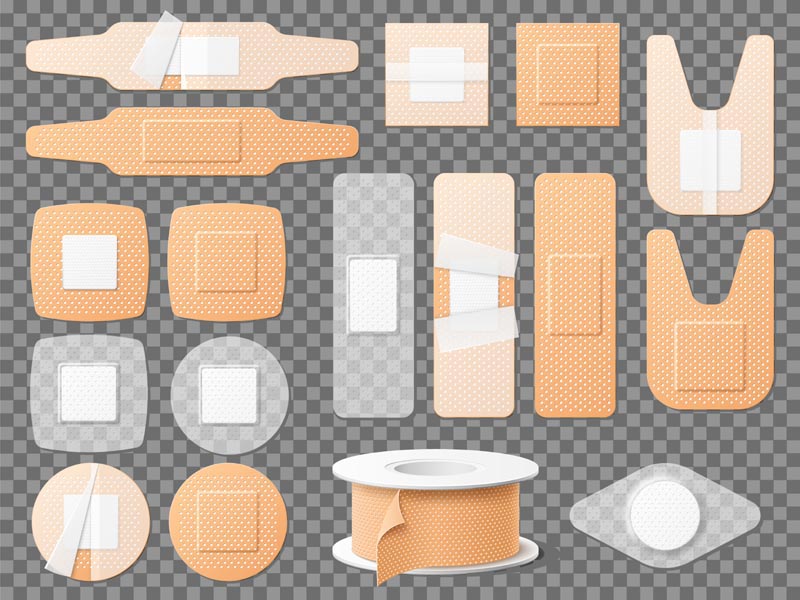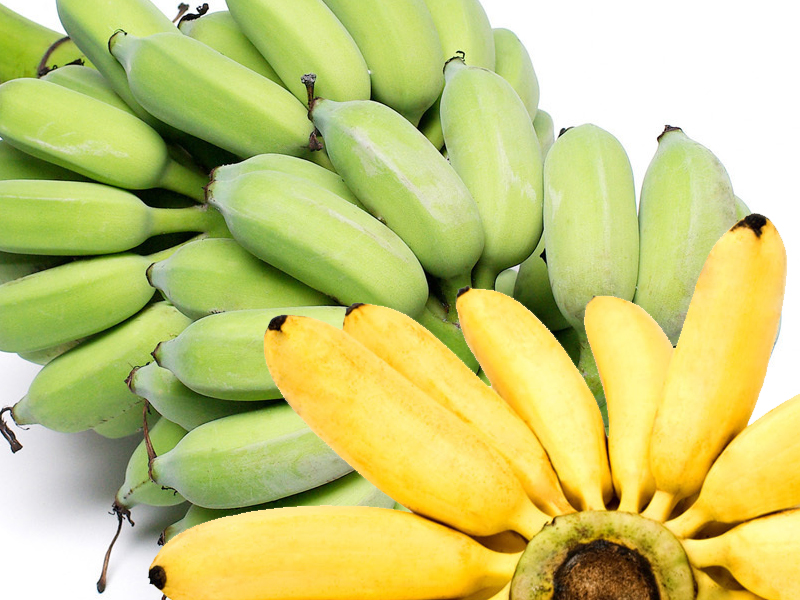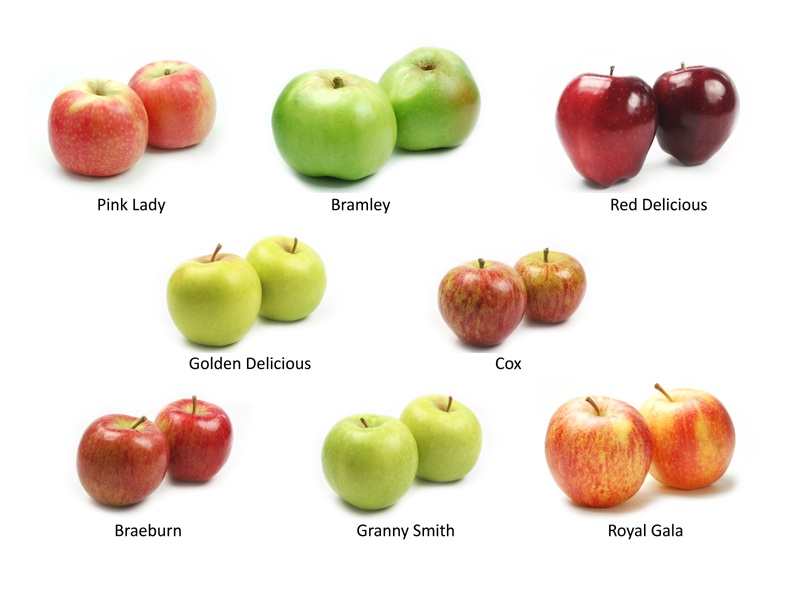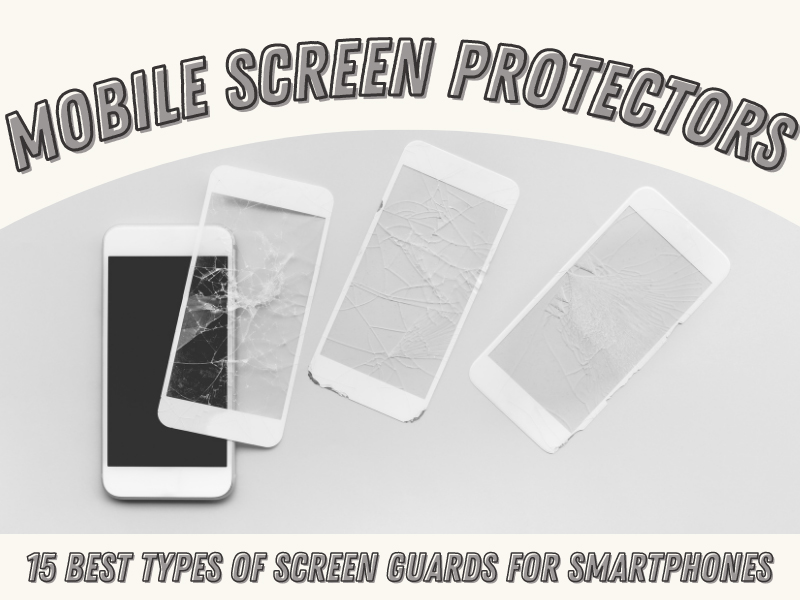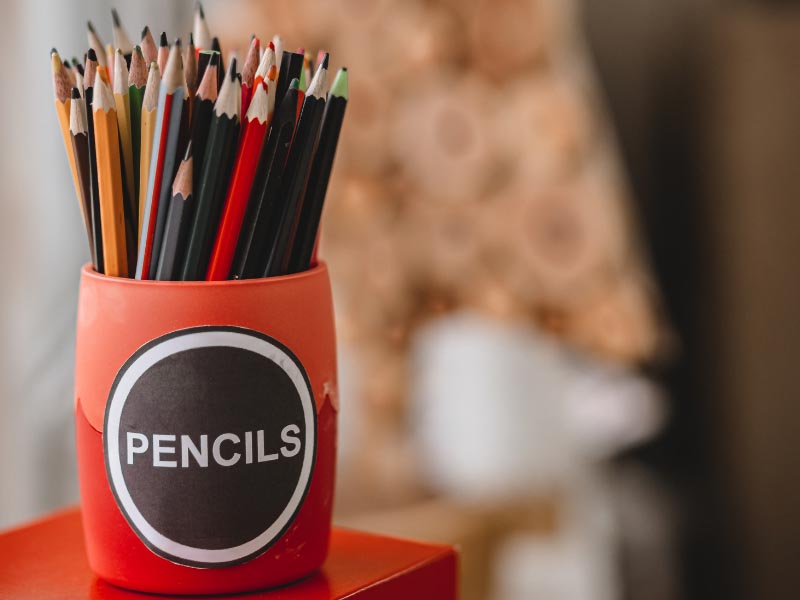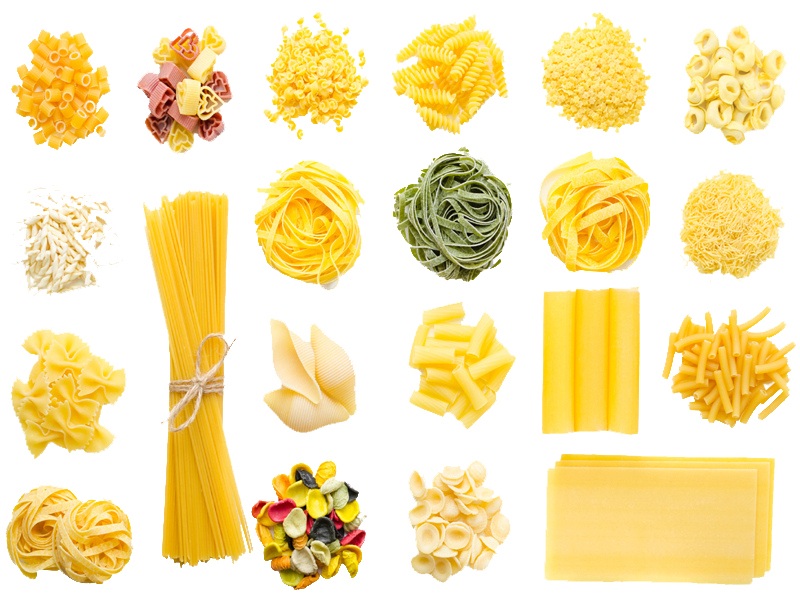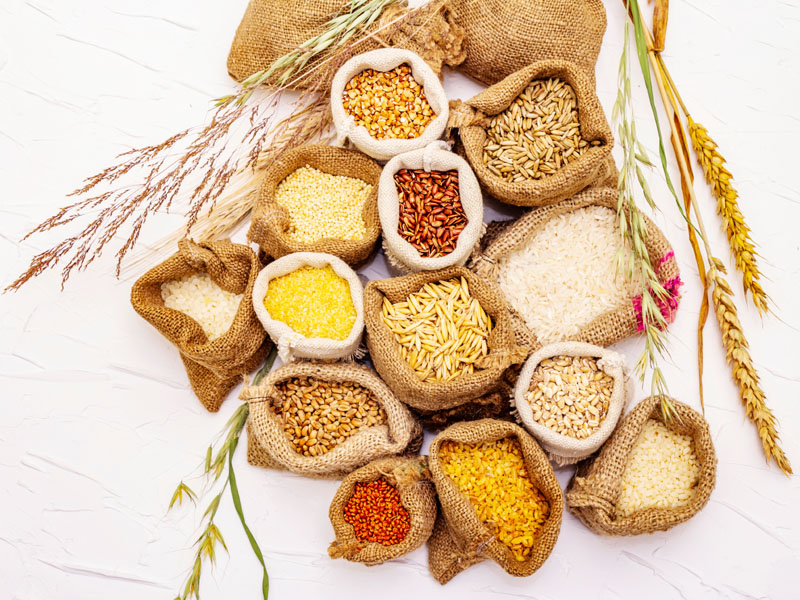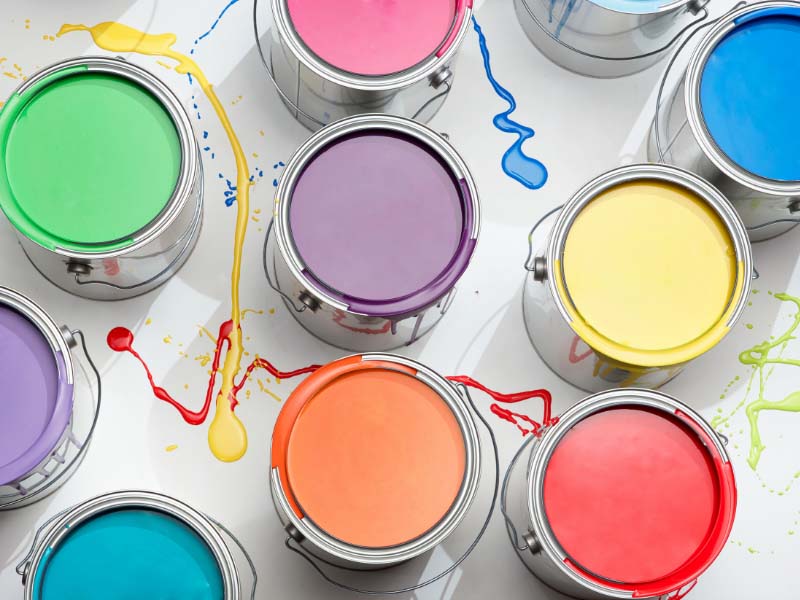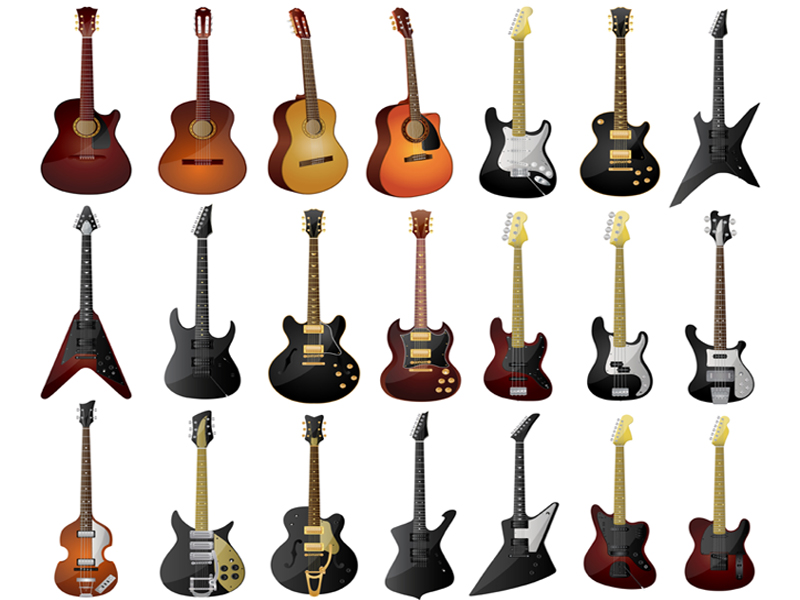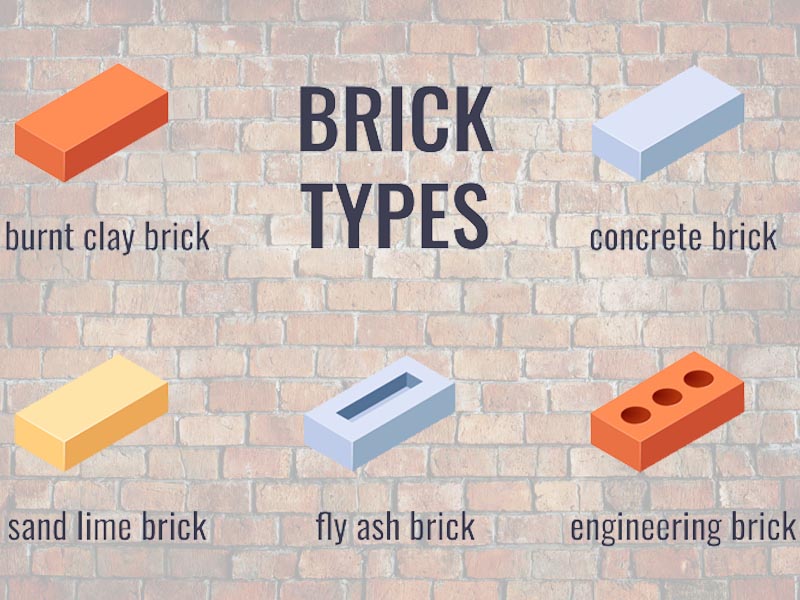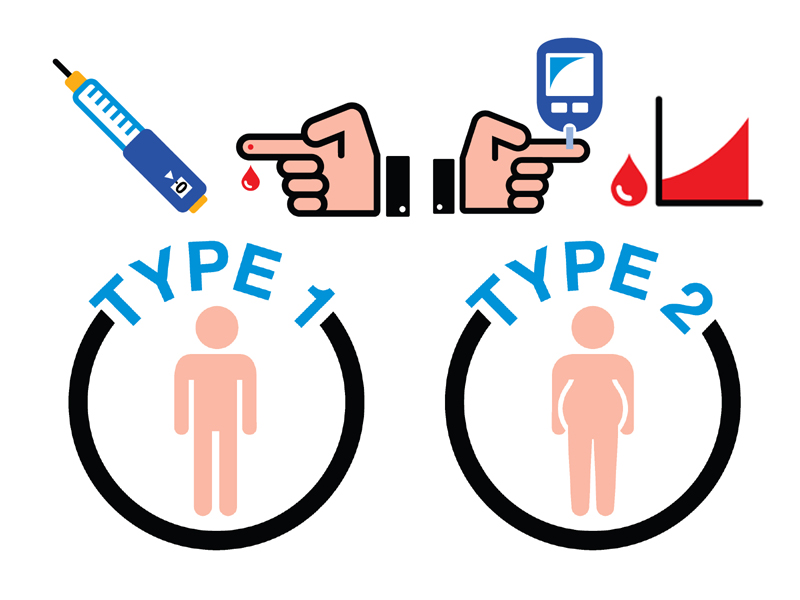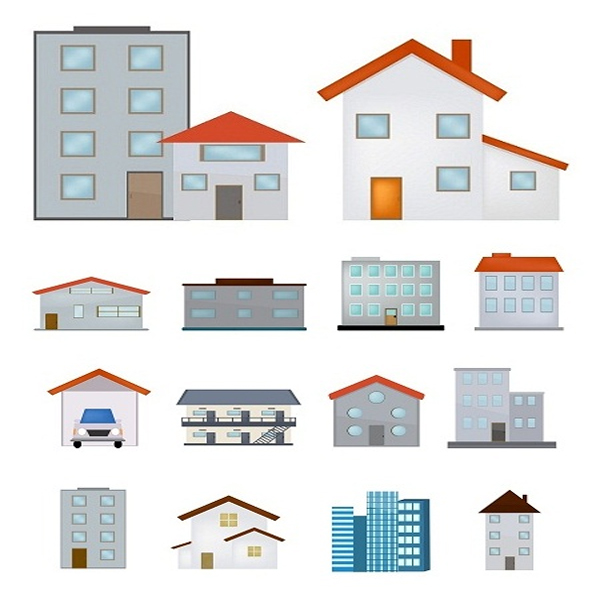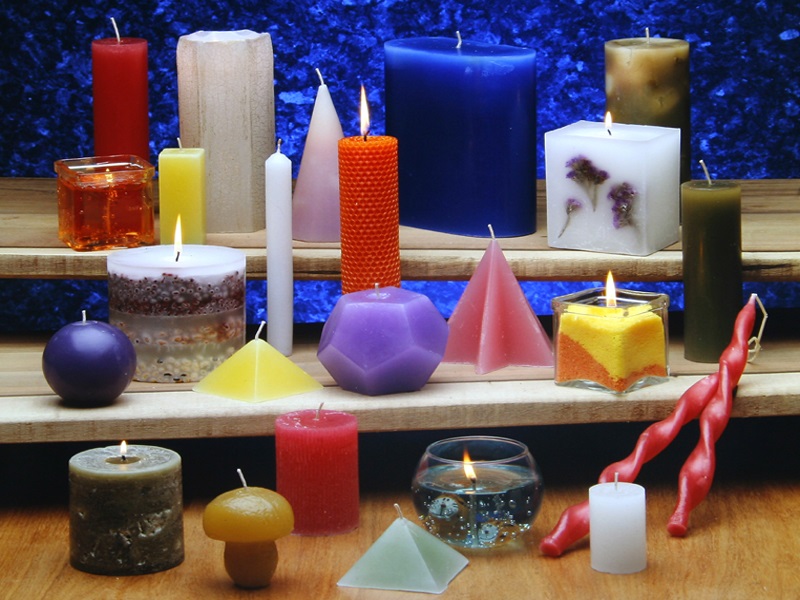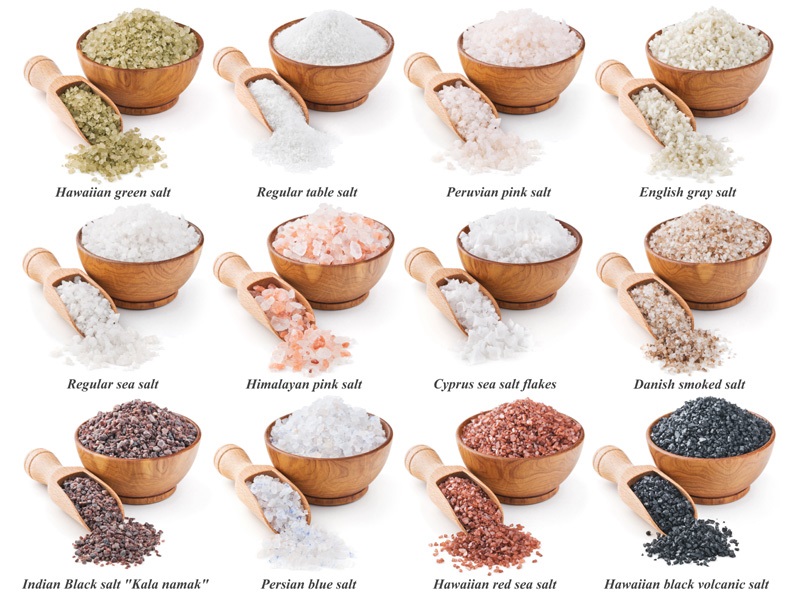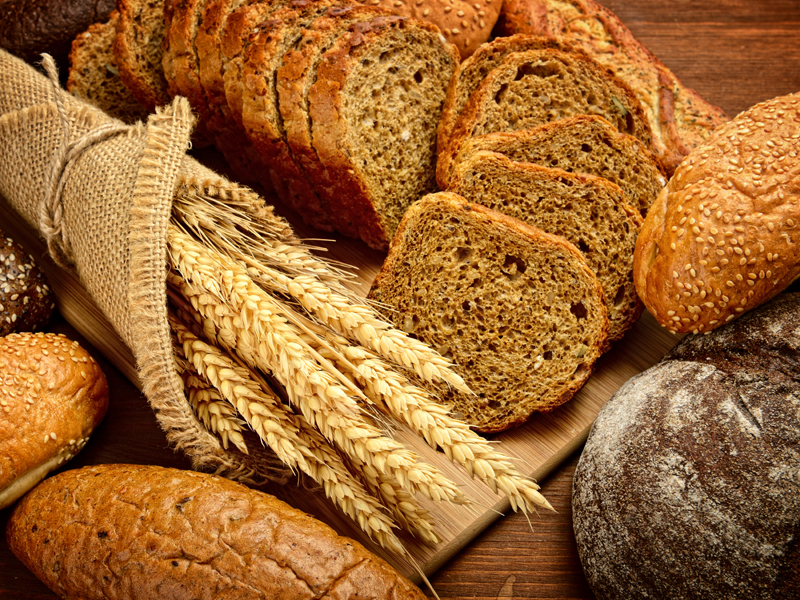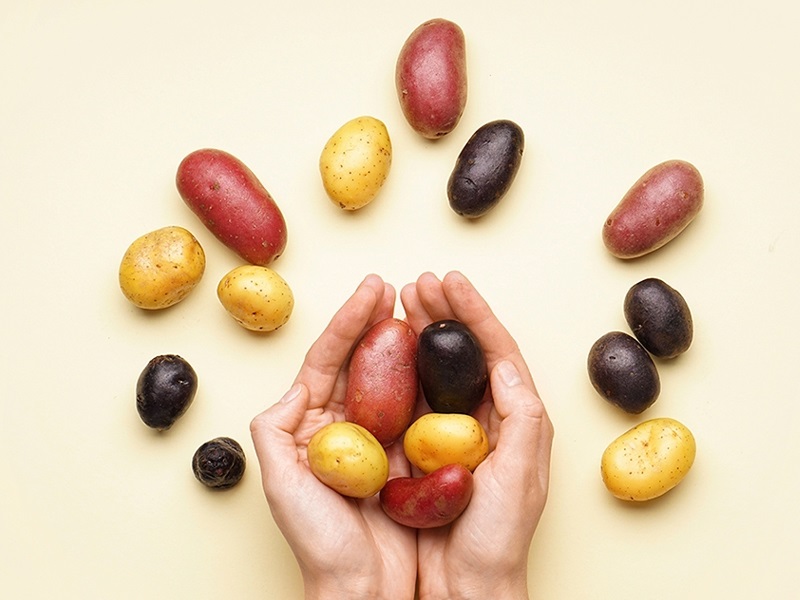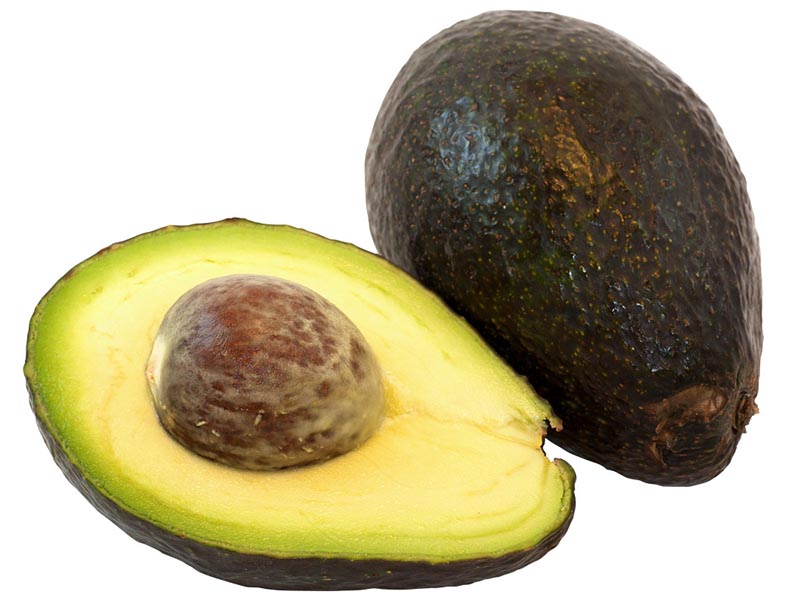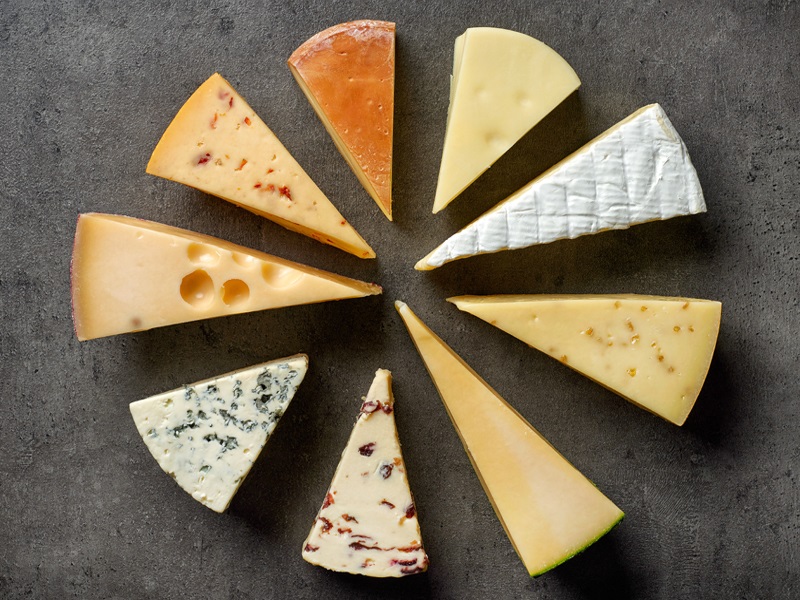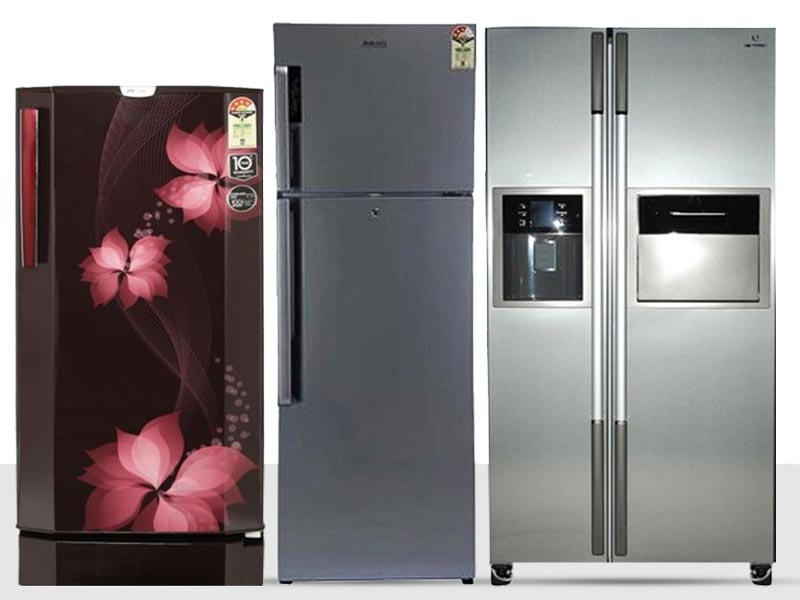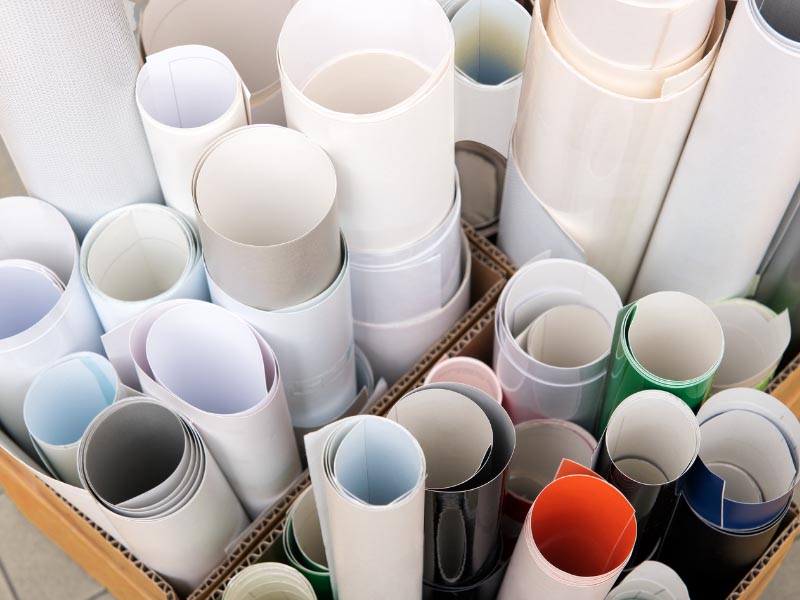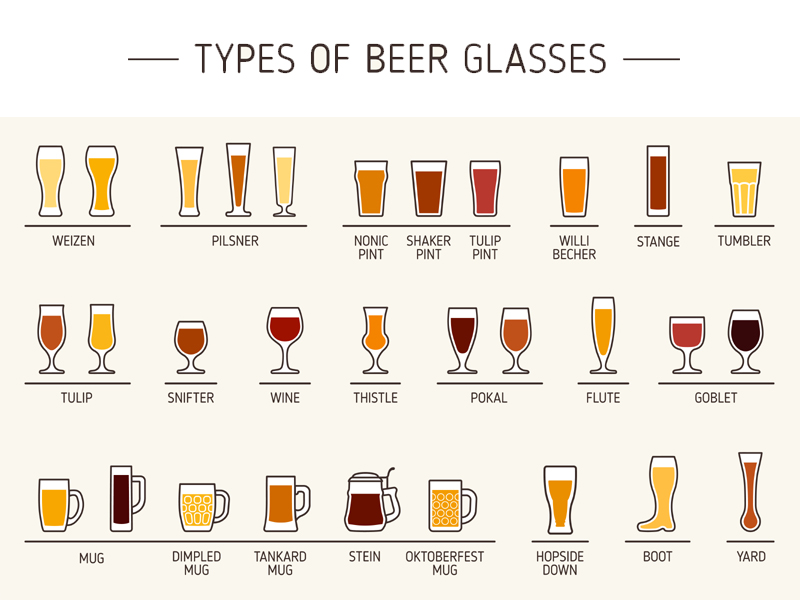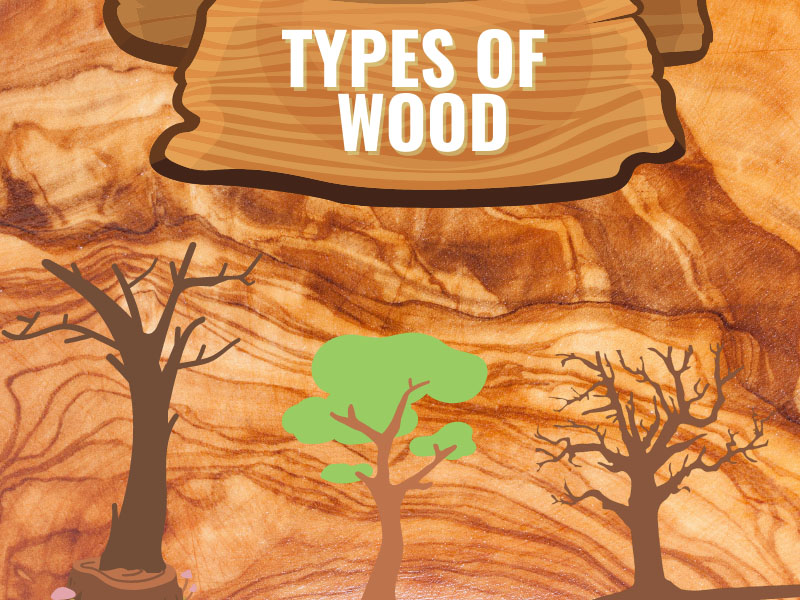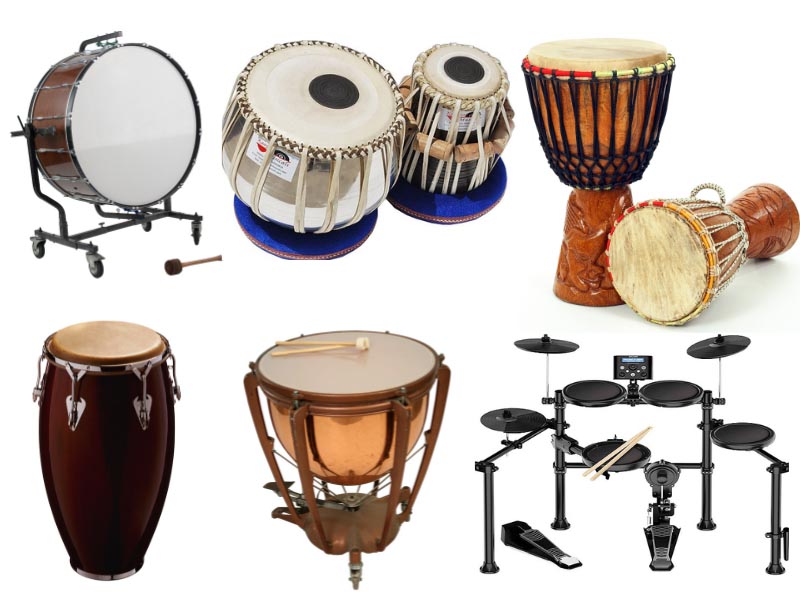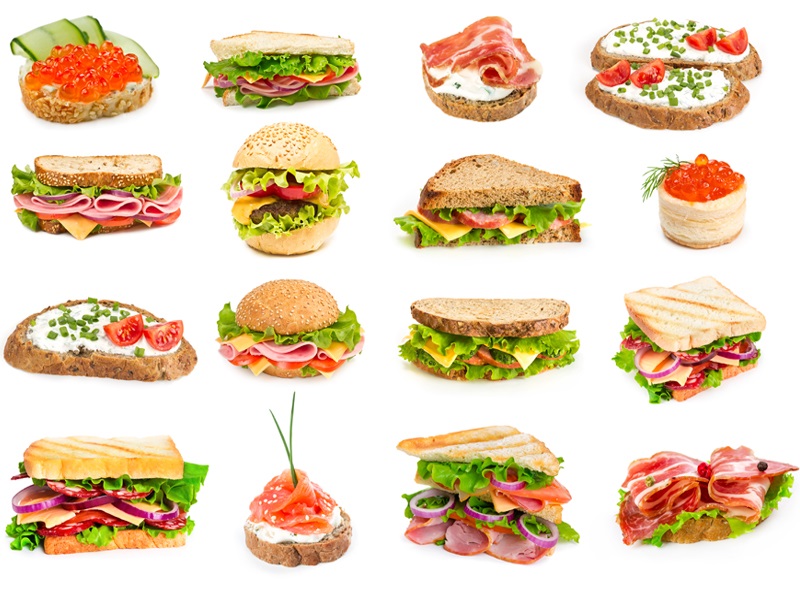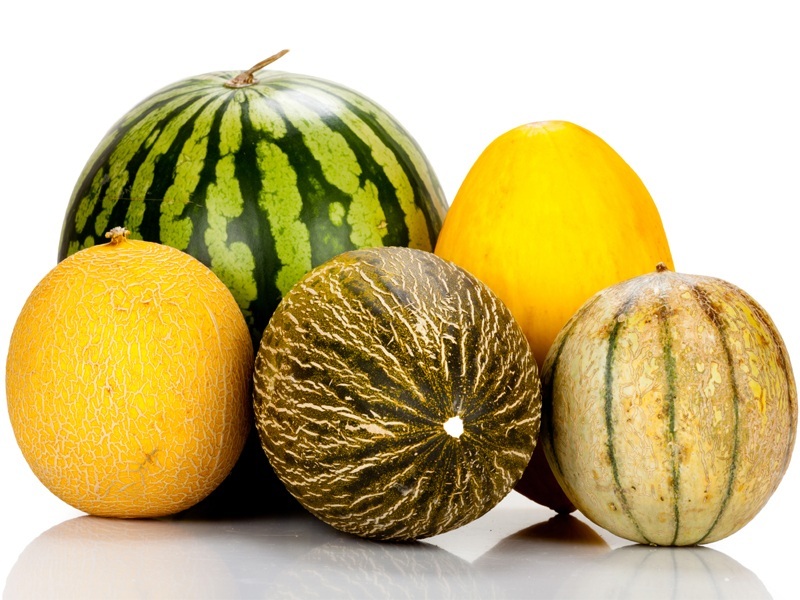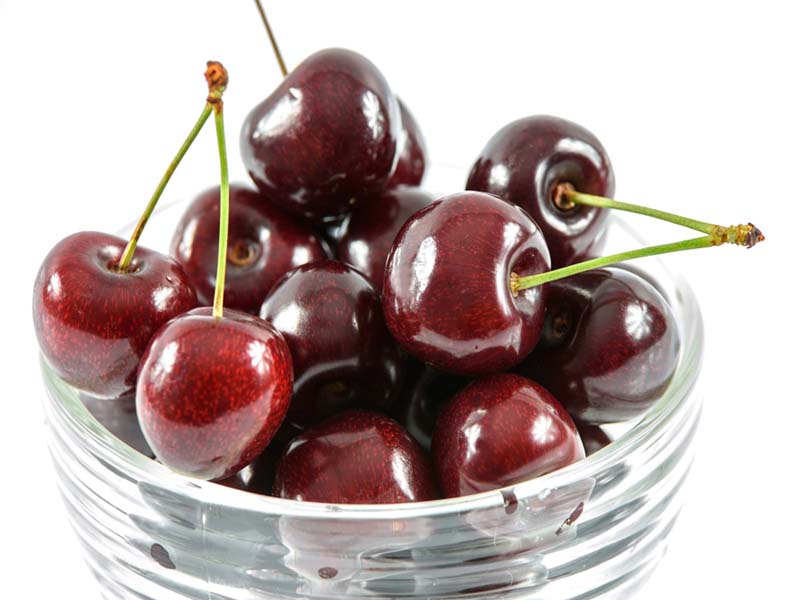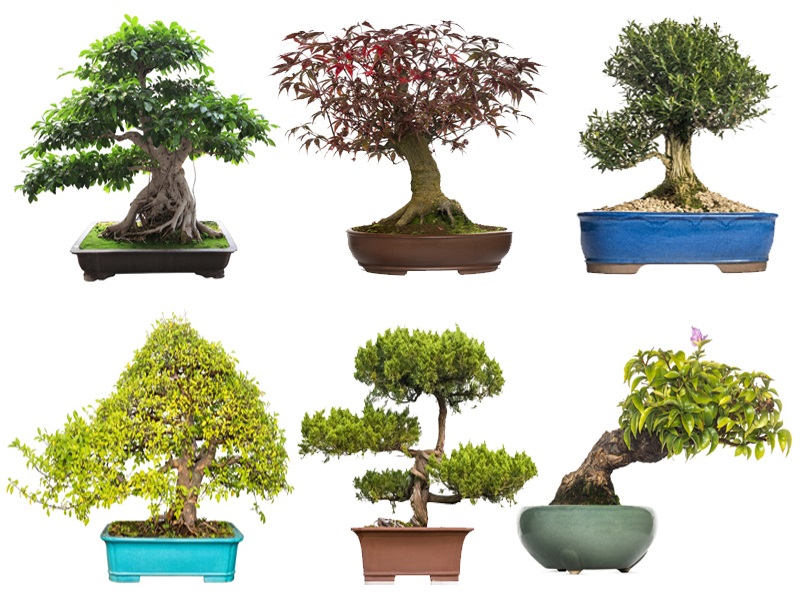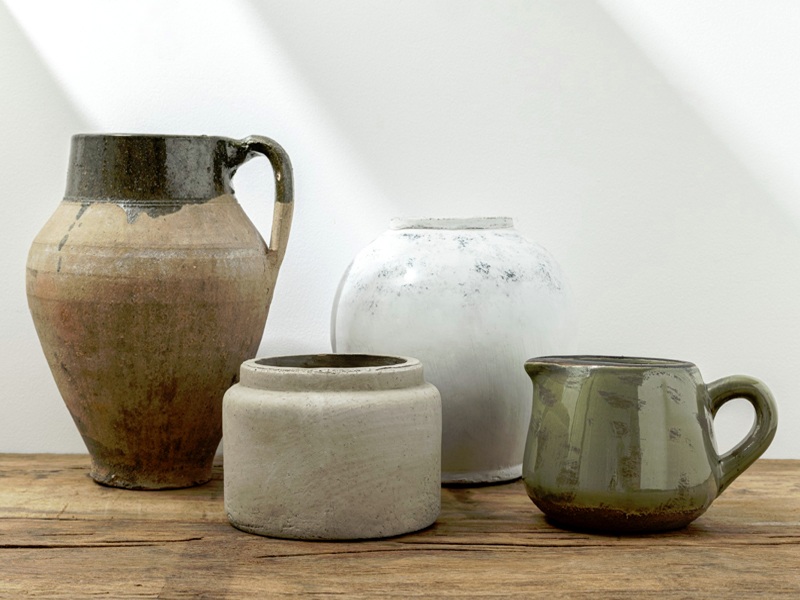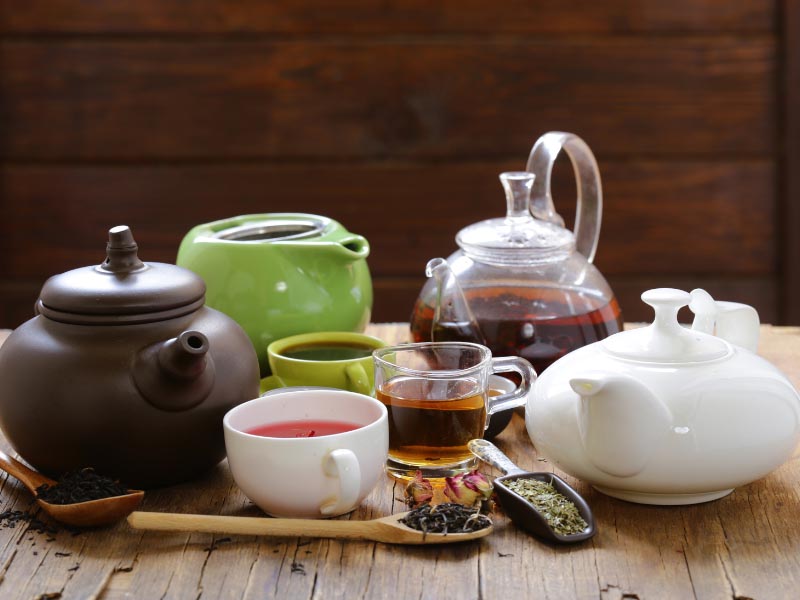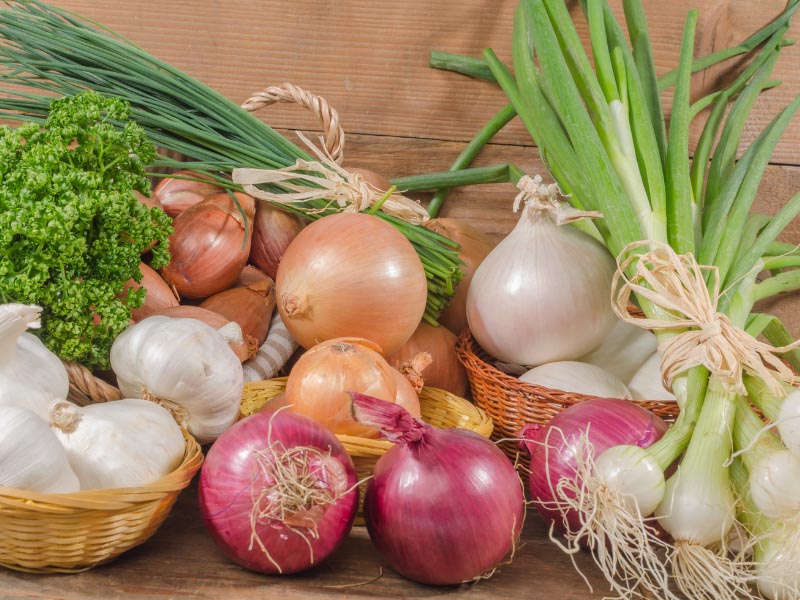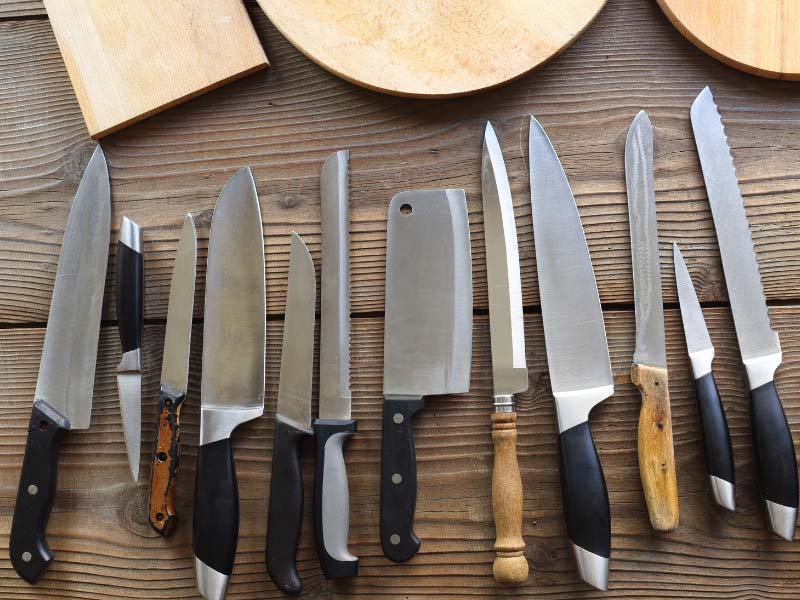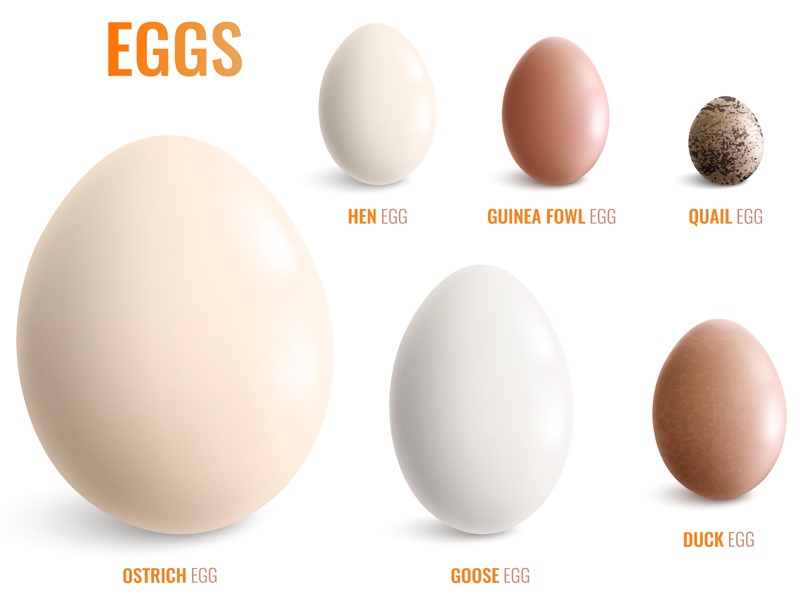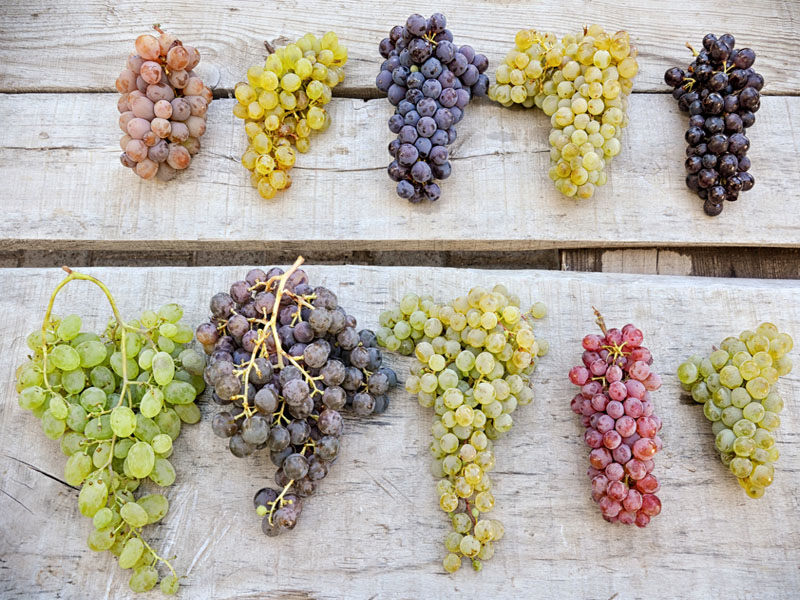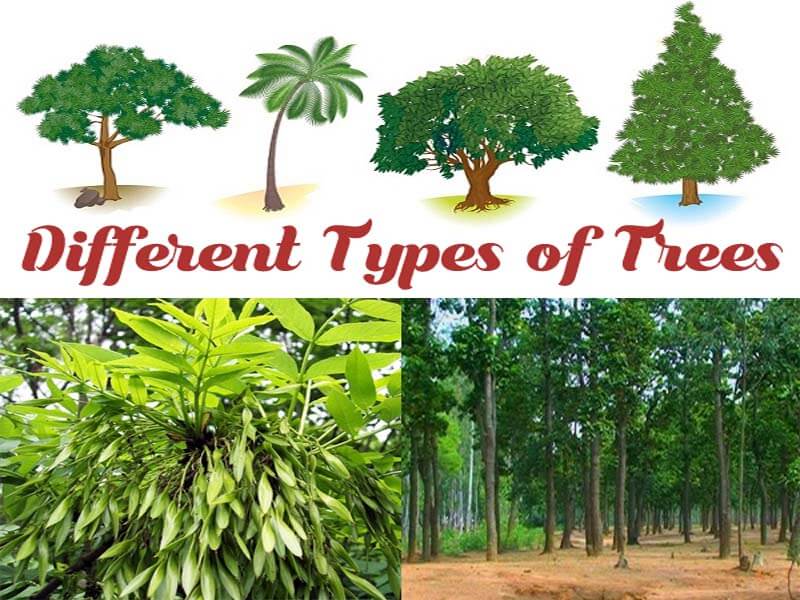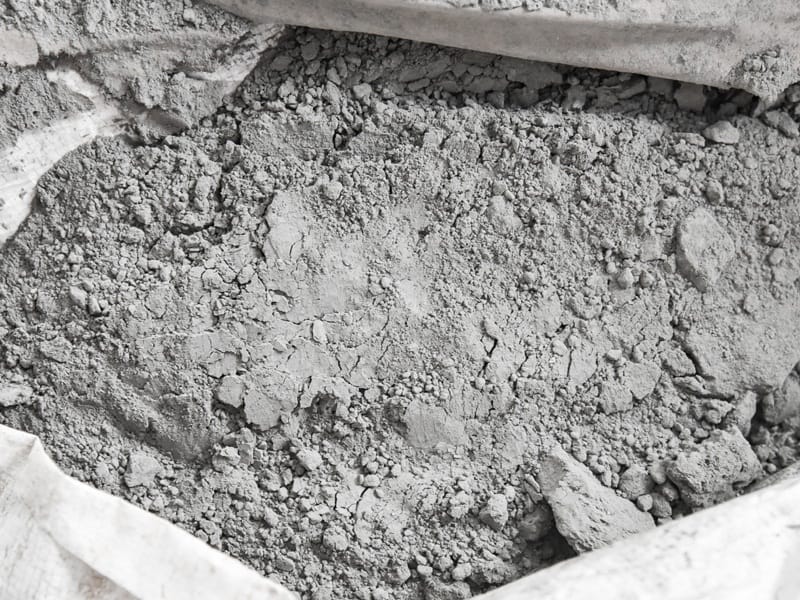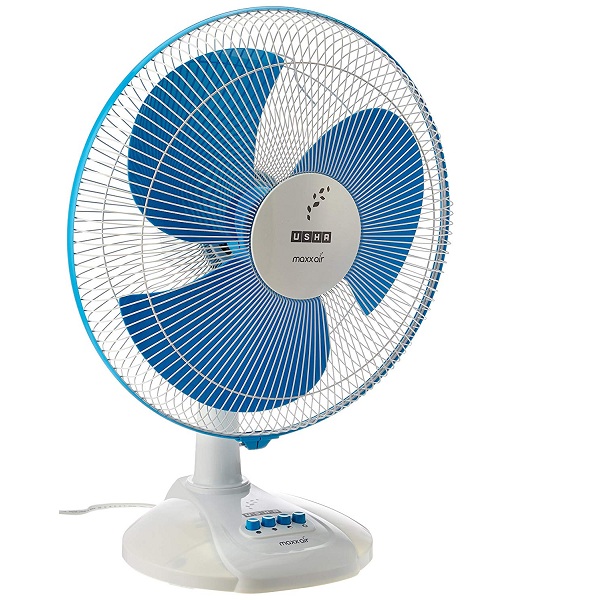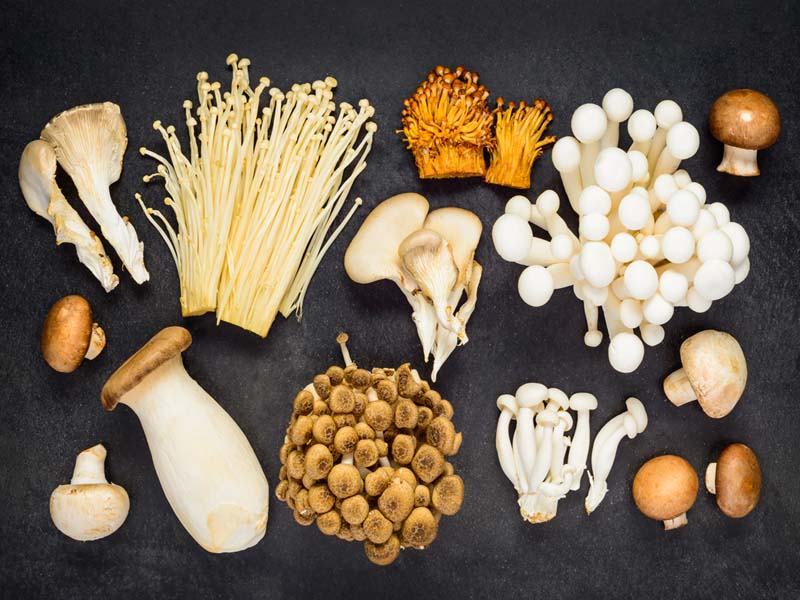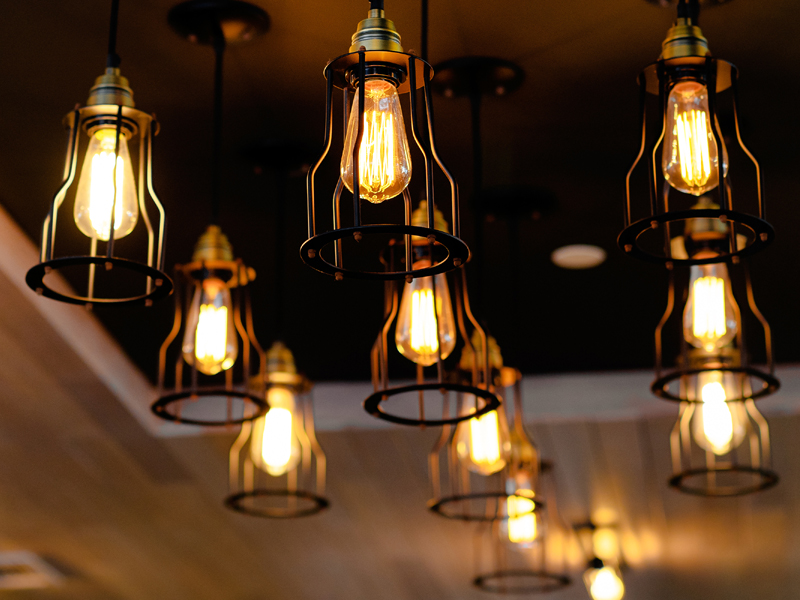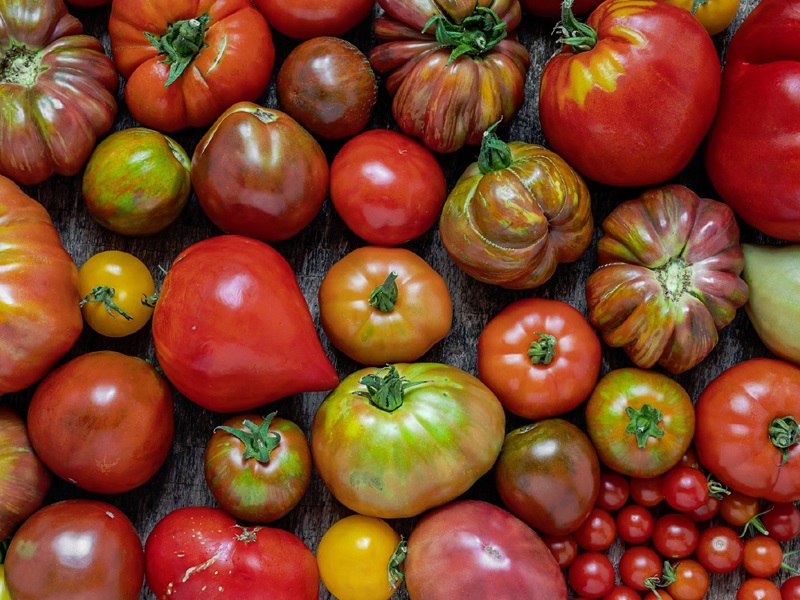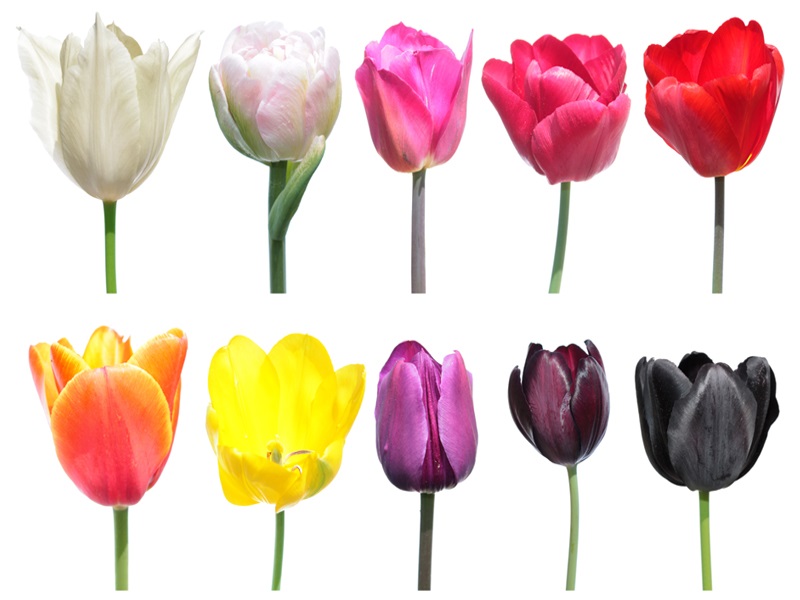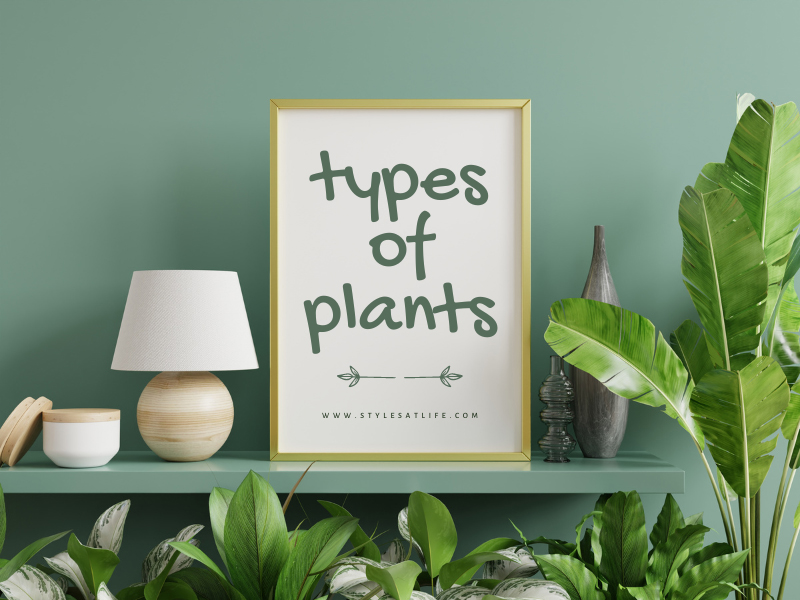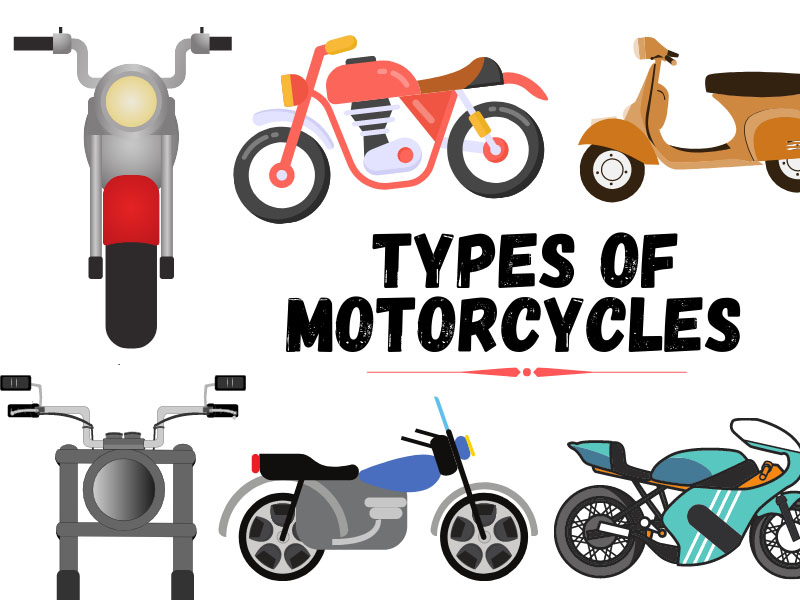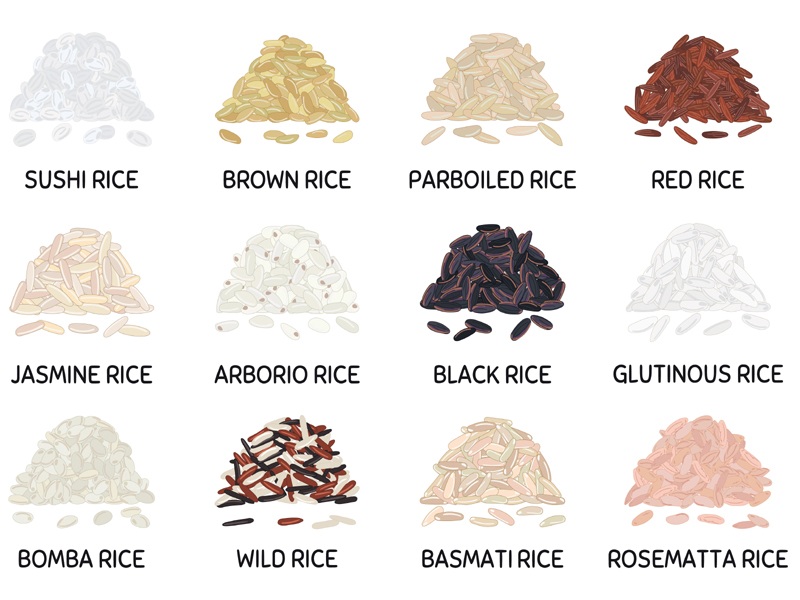Tile is a kind of flooring material, that is manufactured from hard-wearing material such as metal, stone, ceramic or marble. Tiles are also a choice for roofing solutions, walls and even on tabletops. It is a popular covering or protection solution and is sometimes even used for decorative purposes. We sure must have heard about the different types of tiles ie, floor and wall tiles. Practically, there is no difference between both of them.
The floor tiles, however, are pretty strong, designed to protect against wear and tear. These can also be made from marble, porcelain and other natural stones like travertine. Here we enlisted different types of tile designs in various materials.
Why are Tiles Required?
Tiles are a versatile and practical choice for a variety of spaces, from homes and offices to restaurants and hotels. They offer durability, style, and easy maintenance, making them a smart investment for any property owner. Tiles are a popular choice for flooring and wall surfaces for several reasons:
- Durability: Tiles are a durable flooring option that can withstand heavy foot traffic, spills, and stains. They are resistant to wear and tear and can last for many years with proper care and maintenance.
- Variety: Tiles come in a wide range of colours, patterns, and textures, making it easy to find a style that suits your design aesthetic. You can choose from ceramic, porcelain, natural stone, glass, and other materials, each with its unique properties and benefits.
- Easy to Clean: Tiles are easy to clean and maintain, which makes them a practical choice for busy households and commercial spaces. Regular sweeping and mopping is usually all that’s needed to keep them looking their best.
- Water Resistance: Many types of tiles, such as porcelain and natural stone, are highly water-resistant, making them ideal for bathrooms, kitchens, and other wet areas.
- Eco-Friendliness: Some types of tiles, such as recycled glass and reclaimed wood, are Eco-friendly options that can help reduce waste and promote sustainability.
Here is a Shortlist of Different Types of Tiles in India and the World in 2023:
- Ceramic Tiles
- Porcelain Tiles
- Glass Tiles
- Cement Tiles
- Mosaic Tiles
- Anti-Slip Tiles
- Exterior Tiles
- Penny Round Tiles
- Subway Tiles
- Hexagonal Tiles
- Octagonal Tiles
- Encaustic Tiles
- Terrazzo Tiles
- Quarry Tiles
- Saltillo Tiles
- Wood-Look Tiles
- Brick-Look Tiles
- Fabric-Look Tiles
- Leather-Look Tiles
- 3D Tiles
- Digital Printed Tiles
- Pool Tiles
- Decorative Tiles
- Natural Stone Tiles (including marble, granite, slate, limestone, travertine, and sandstone)
- Metal Tiles (including stainless steel, copper, and aluminium)
How Many Different Types of Tiles for Flooring and Walls:
So, which of the ones are strong? What you should do for office space and home? Here are our 8 different types of tiles that you may want to know about so that you can make an informed choice the next time you step out to make a purchase.
1. Ceramic Tiles:
Ceramic tiles are made from clay and are hardened by heat, permanently. They also have a decorative glaze and are moulded into shape and later fired in a kiln. These are either glazed or unglazed. Homes, however, prefer the glazed ceramic tiles. They are known for their durability, but less than that of porcelain.
- Pros: Ceramic tiles are less expensive and less dense and thus cutting them is easy. Glazed ceramic tiles are a popular choice for home indoors and flooring options.
- Cons: The many sizes and colour variations among ceramic tiles can make them difficult to use. They are tough to crack or break.
- Glazed Ceramic Tiles
- Unglazed Ceramic Tiles
(Ceramic Vs Porcelain: Ceramic and porcelain tiles are two types of tiles commonly used for flooring and walls. Ceramic tiles are made from clay and other natural materials, while porcelain tiles are made from a denser type of clay that is fired at higher temperatures. Porcelain tiles are more dense and durable than ceramic tiles, and they are less porous, making them more resistant to water and staining. Porcelain tiles are also more expensive than ceramic tiles due to their higher manufacturing costs. Both types of tiles can be installed using the same methods, but porcelain tiles are heavier and harder to cut and install. Ultimately, the choice between the two will depend on your budget, style preferences, and the intended use of the tiles.)
2. Porcelain Tiles:
These tiles are not as soft as the ceramic ones. The tile is subjected to a high temperature that gives the tiles its strength and durability. They are also very dense and thus make them more resistant to moisture and crack. When compared with the ceramic tiles, porcelain is tough and are less porous. Porcelain also requires more experience to cut to shape when compared to ceramic or other categories.
- Pros: Due to its composition, it is also considered durable and better suited for any heavy usage. The high feldspar content makes it particularly durable than any other tile. They are a popular choice for bathroom floors and offer good resistance to water and stains.
- Cons: they are expensive and might need experienced people for cutting.
- Glazed Porcelain Tiles
- Polished Porcelain Tiles
- Matte Porcelain Tiles
- Textured Porcelain Tiles
- Full-Body Porcelain Tiles
- Large Format Porcelain Tiles
3. Cement Tiles:
Cement tiles do not make use of clay. Neither does it have a heating process. A hydraulic press is commonly used to make this. Kiln or glaze is also not used or preferred. Some cement tiles are also handmade which gives them their uniqueness. They come in many colours and are particularly known for their designs and shades.
- Pros: They are best used for covering the floor and offer good durability. They can also be used in wet areas like the bathroom, shower wall or steam room. Cement tiles are also sealed because they are porous and this makes them more resistant to staining from oil or water.
- Cons: They are generally not preferred in areas that are subjected to hard freezes.
- Traditional cement tiles
- Terrazzo tiles
- Rustic cement tiles
- Modern cement tiles
- Moroccan cement tiles
4. Stone Tiles:
Stone tiles are surely beautiful. They are made from the many natural stones like marble, granite or limestone. They are cut from slabs, from the stones using diamond-studded high-speed equipment. You might also notice that they have naturally occurring cracks. Tiles that are made from granite are a popular choice for making countertops as they are anti-bacterial and do not get easily affected by water. The ones made from marble look beautiful and luxurious and those made from sandstone are popular for their durability and their grain-like appearance. They are used for internal purposes or even as decorative pieces.
- Pros: Cleaning stone tiles are pretty easy. You can clean them using a wet mop and it dries up in no time.
- Cons: Not all stone tiles are durable and offer lesser durability than ceramic or porcelain.
- Marble Tiles
- Granite Tiles
- Slate Tiles
- Limestone Tiles
- Travertine Tiles
- Sandstone Tiles
- Onyx Tiles
5. Wooden Tiles:
The other tile that is often regarded as the classic tile is the wooden tile. They are beautiful and add a classic touch to your house. They are made from ply boards, original wood or even artificial wood. They are also made from ceramic or porcelain and made to resemble wood, for durability. The main reason for doing this is that the hardwood is known to suffer from vulnerabilities like weather changes that could potentially lead to the expansion of the wood. Depending on the material from which it is manufactured wood tile can be used indoors, in the bathrooms or also outdoors. For example, ceramic wood is a preferred choice indoors and sometimes even in bathrooms.
- Pros: They offer double resistance, of wood and the material it is made from.
- Cons: They are expensive when having to install or make them. They also might be subjected to many restrictions on where you can use them around your house.
- Porcelain wooden tiles
- Ceramic wooden tiles
- Vinyl wooden tiles
- Engineered wooden tiles
- Laminate wooden tiles
- Bamboo wooden tiles
- Cork wooden tiles
6. Glass Tiles:
Glass tiles mainly serve decorative purposes on walls. They are popular for their good looks and durability. They are also moisture-resistant and solid. They can be used in your bathroom walls, swimming pools and your kitchen walls. The rooms also look brighter and reflect light. They are easy to wipe and do not get stained easily.
- Pros: they are known for their versatility and can be put to use in practically every room. They are also easy to shape and the finish you choose will offer much more styles.
- Cons: They are probably costlier than ceramic or porcelain. Some of them, when exposed to abrasive cleaning equipment, could lead to scratches on their surface.
- Crystal Glass Tiles
- Reflection Glass Tiles
- Glazed Glass Tiles
- Frosted Glass Tiles
- Stained Glass Tiles
- Textured Glass Tiles
- Back-Painted Glass Tiles
- Iridescent Glass Tiles
- Metallic Glass Tiles
- Bubble Glass Tiles
7. Terrazzo Tiles:
They are made from composite materials that consist of glass, granite or marble. They are blended in a cement grinder and poured into a cast or poured into place and then hydraulically pressed into shapes. They are used for floor and wall treatments. However, they are one of the most durable forms of tile today.
- Pros: They have a good life and are unique and beautiful.
- Cons: They are slippery and thus cause falls making it a less good option as a flooring choice.
- Traditional cement-based terrazzo tiles
- Epoxy resin terrazzo tiles
- Rustic terrazzo tiles
- Seeded terrazzo tiles
- Venetian terrazzo tiles
- Pre-cast terrazzo tiles
8. Metal Tiles:
These are tiles that are made from metal. Some of them also make use of alloys and other composite materials. They are used in kitchens and bathrooms and are known for their shiny texture. They are also used as a roofing solution. They are extremely durable to rain or hail and you can customize them based on your need.
- Pros: They are resistant to stain and moisture and offer excellent durability. They are also fire-resistant.
- Cons: They are costly and also noisy when it rains heavily. They are also prone to denting when hails fall on them with force.
- Stainless steel tiles
- Aluminum tiles
- Copper tiles
- Brass tiles
- Bronze tiles
- Tin tiles
- Metal mosaic tiles
Tips for Choosing Your Tiles:
Well, we know how you are probably still confused when having to choose a tile. Here are some tips you can read before making a choice.
- If you are looking for a flooring solution, Vitrified tiles are surely the best. They are highly durable and can withstand traffic. If you are looking for a wall tile, ceramic or porcelain tiles are the best because they are non-porous and do not absorb stains.
- Remember to purchase a little 5-10% more tiles than you need to. This will address the cuts and breakages.
- Choosing the right colour also has a role to play. Some of them give a spacious look to the room and make it look brighter while others make your room look dull.
- The other key thing you need to keep in mind is to check for their ability to absorb water. Tiles that have less water absorption will have a longer life.
That’s about the many types of tiles you can choose from. Remember to consider your budget too when making a choice. You could also reach out for some real help from the store owners in making you choose the right ones that will suit and fit your home and needs. Some of them are known for their beauty while others are known for their durability. So the choice is yours and you need to decide what is of importance to you.


